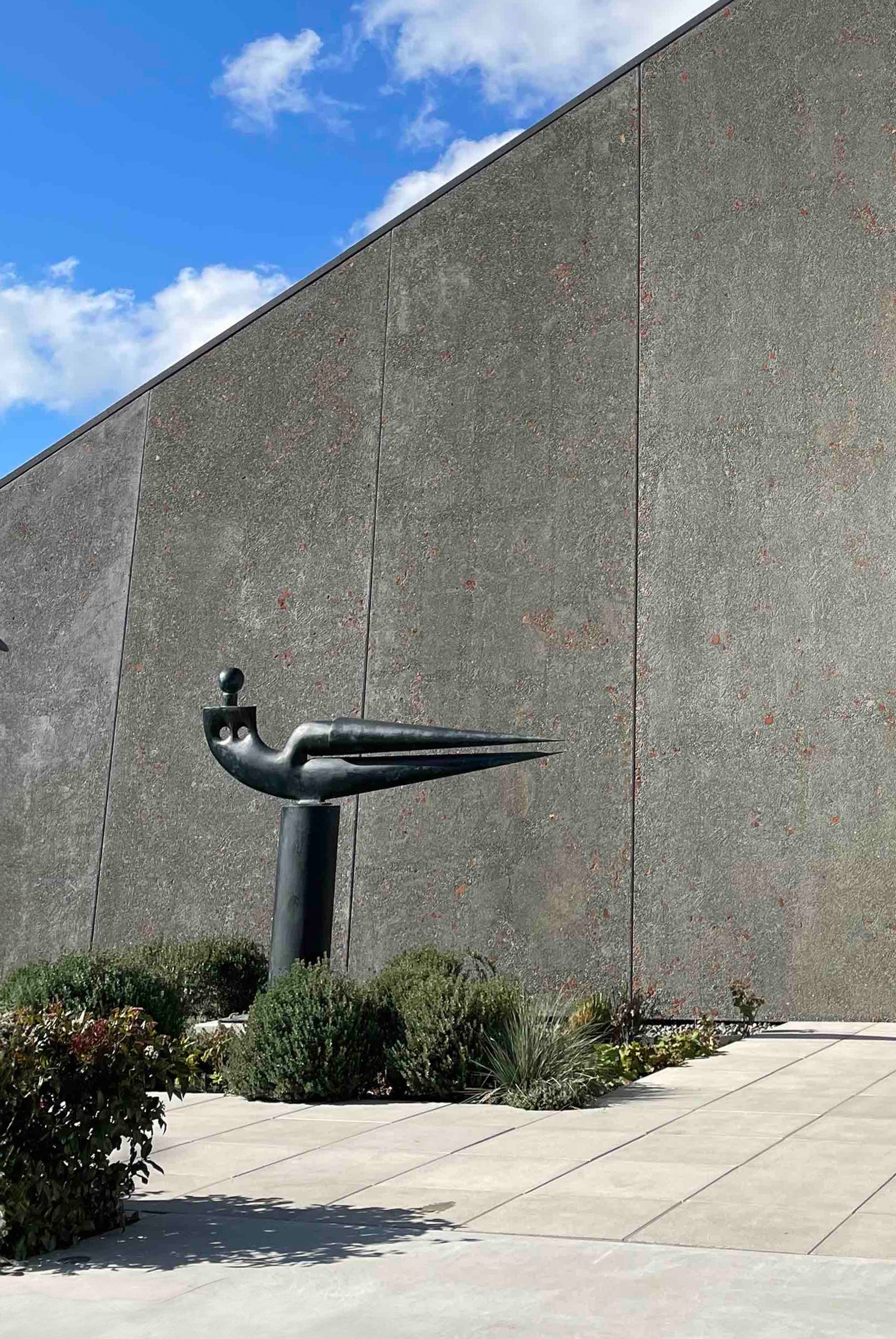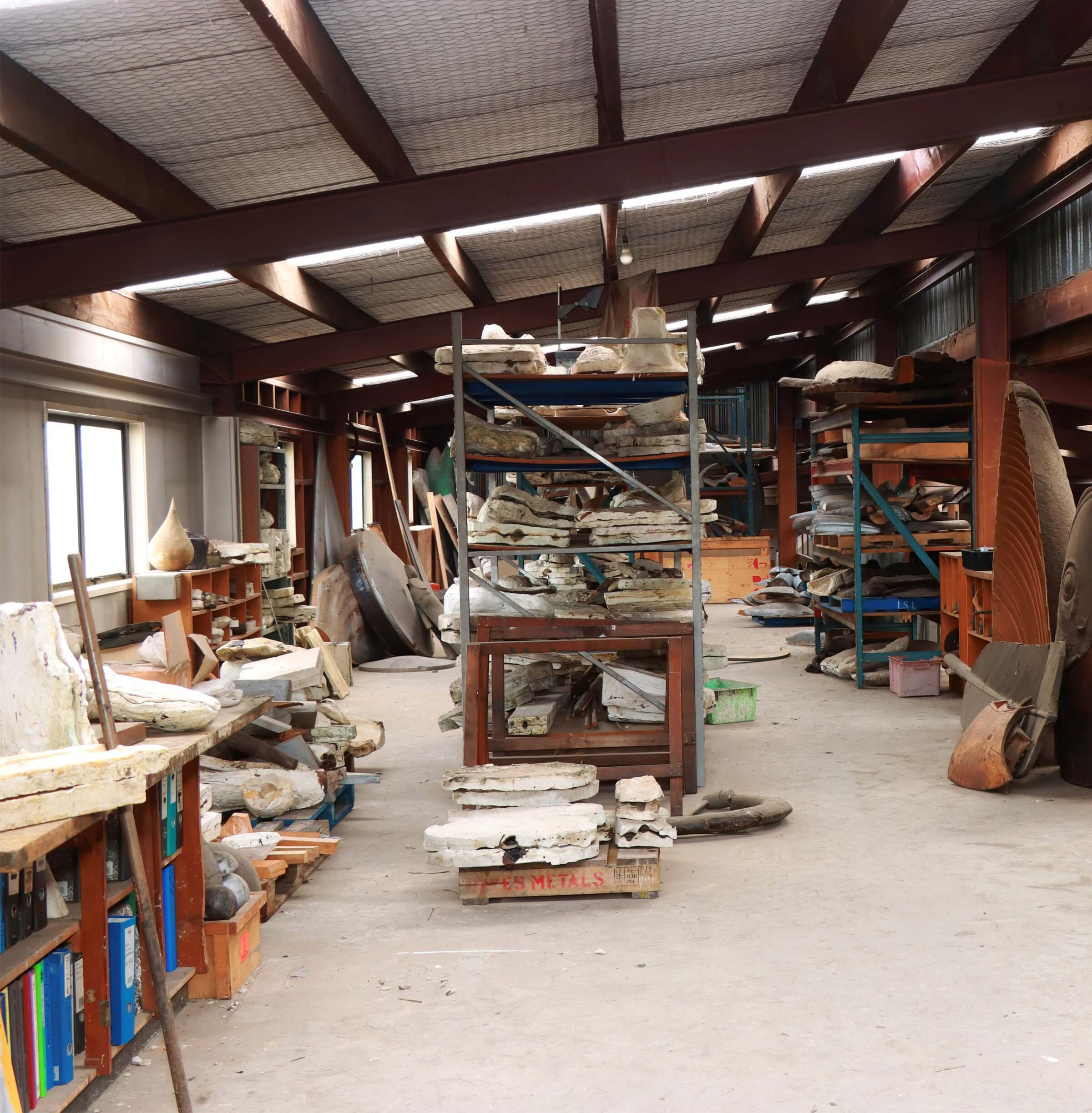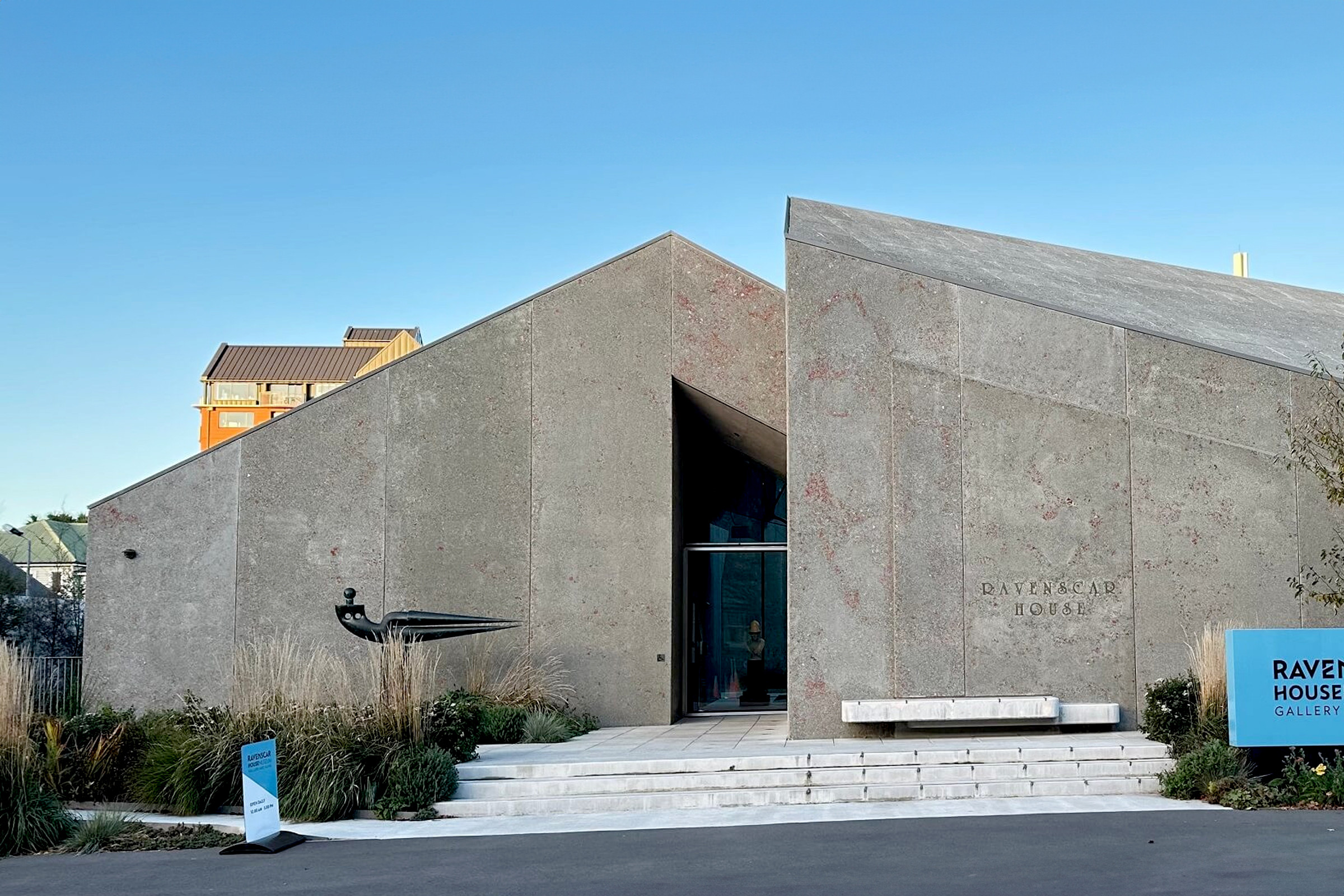1999 Long Horizon
1999 Long Horizon
What is magical about the sculpture is how, in simplicity, it reveals more gesture than could be found in realism. It is instantly understood to be a woman reclining.
Outside Ravenscar House Museum, 52 Rolleston Ave, Christchurch
Commentary
Dibble has had an interest in figurative art throughout his career. In the late 1990s and early 2000s, Dibble produced a series of formalist studies of the human form reduced to simple mathematical shapes. These works are often referred to as “The Geometrics”, or “Hard Geometrics”, to distinguish them from more rounded forms developed later. Long Horizon is the pinnacle of the series, its simplicity and elegance defining it as one of Dibble’s most exquisite works.
There were a range of Long Horizons made over an extended period, from small models to some of enormous size. The proportions varied in the tip of the leg or the swing of the shoulders, as well as in the sizing.
Long Horizon has a strong emphasis on line. The horizontal shaping of the legs and shoulders act in synchrony with the landscape behind the artwork. The sculpture is perhaps best displayed when placed against the perfect line of the sea’s horizon.
What is magical about the sculpture is how, in simplicity, it reveals more gesture than could be found in realism. It is instantly understood to be a woman reclining. We recognize a leg, although it is reduced to a cone; a head, which is a sphere; and breasts, which are just the negative spaces of two simple holes in the torso. She leans in silent repose, legs stretched as if to catch the warmth of sunlight.
This Long Horizon, from 1999, was obtained by the Wakefield family from Gow Langsford Gallery in Auckland and, when first purchased, was displayed at their house in the Christchurch suburb of Sumner. Now, with other works from their collection, it is on display at Ravenscar House Museum.

